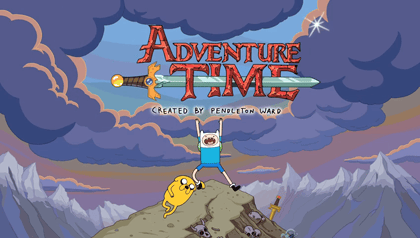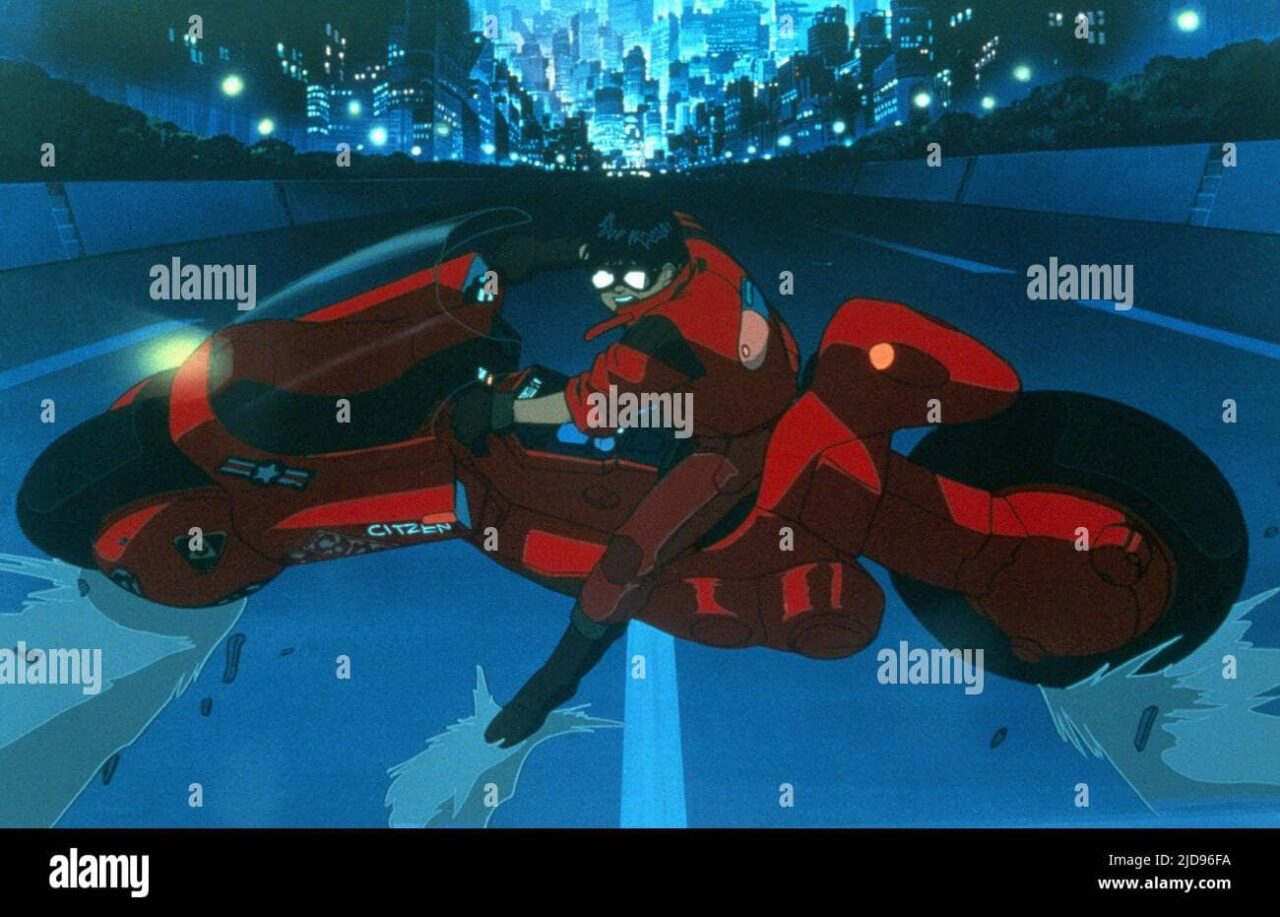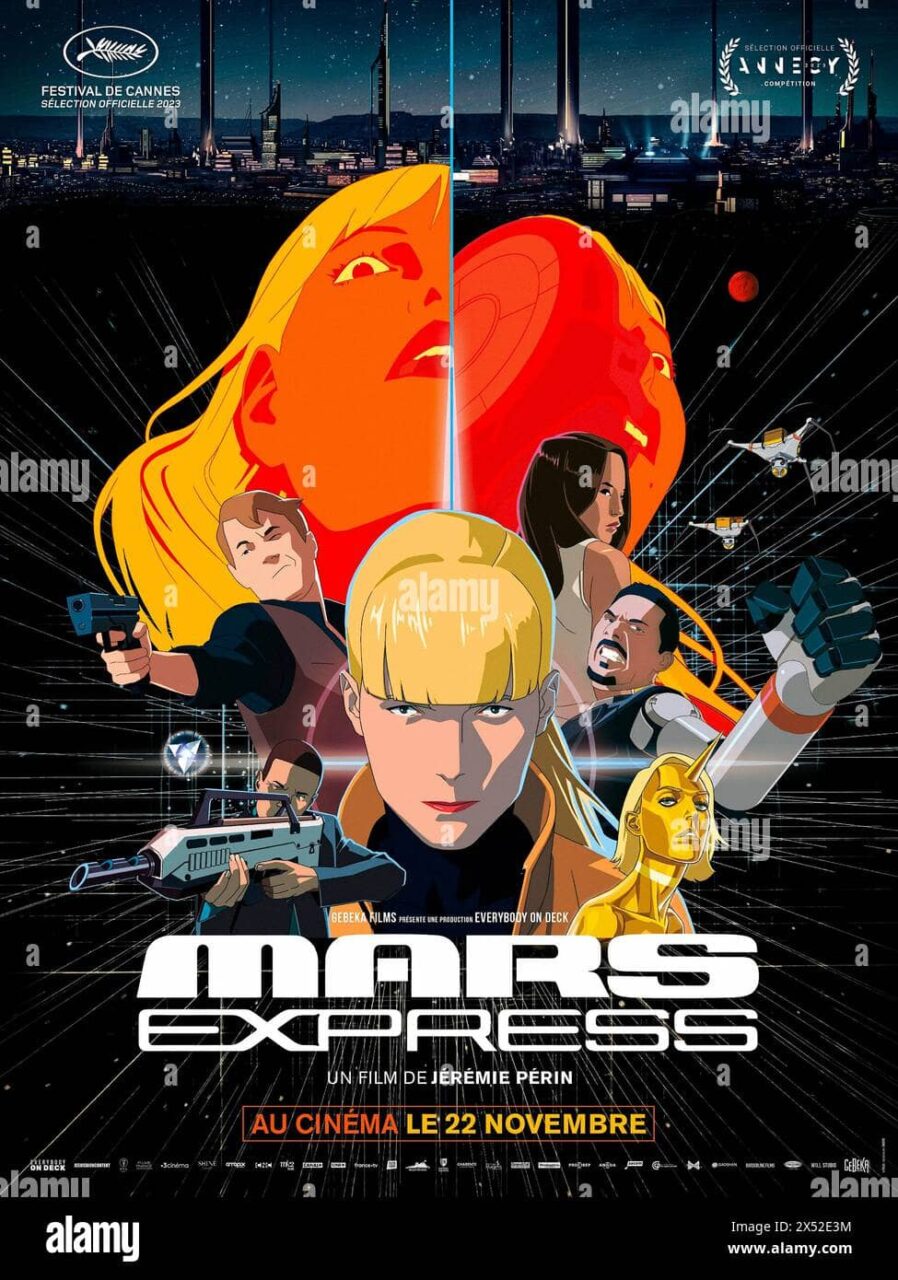« It’s for kids! » — a phrase we’ve all heard (or even said) at least once when the topic of
animation comes up. But this persistent stereotype, though deeply rooted, is starting to fade
away. While cartoons were long associated with children, today animation explores much
more mature and complex worlds, captivating an adult audience. So why do these
misconceptions persist? And more importantly, how has animation evolved to prove it can
tell stories just as serious as any live-action movie or series?
A History of Misconception
Historically, animation has been considered a children’s domain, especially in the West,
where studios like Disney dominated with family-friendly films. Even today, the overwhelming
majority of animated programs aired on French television are aimed at children, reflecting a
tradition deeply embedded in viewing habits. While TV has long been the primary channel
for this content (think iconic networks like Gulli and France TV), trends are shifting with the
rise of digital platforms.
A Diverse Offering
Despite these misconceptions, there have long been animated series that serve as a bridge
between children’s shows and more structured stories for teens and young adults. Cartoon
Network was a trailblazer in this area, airing series like Regular Show, The Amazing World
of Gumball, Steven Universe, and the beloved Adventure Time, which offered more complex
narratives than traditional children’s cartoons. These shows captivated older audiences with
their deep characters and story arcs that spanned multiple episodes. Although accessible to
younger viewers, they contained subtle layers of meaning that appealed to teenagers
seeking more depth in their stories.
The shift towards more adult content was marked by Adult Swim, Cartoon Network’s
nighttime programming block, which offers animated series specifically for young adults.
Rick and Morty, for example, blends absurd humor with philosophical reflections while
tackling complex social issues. The Venture Bros. and BoJack Horseman are other standout
series that juggle satire, dark humor, and social commentary, all while offering sophisticated
plots that set them apart from traditional children’s animation. These programs prove that
animation can be a powerful narrative medium, even for addressing adult themes.
Though visually appealing and sometimes quirky, these shows cater to a mature audience,
leveraging complex storylines and character development. They demonstrate that animation
isn’t confined to children’s entertainment, but is capable of telling serious stories that
resonate with young adults, shattering the stereotypes that once marginalized the genre.
The Popularity of Anime
For decades, Japanese series like Monster, Akira, and Ghost in the Shell have shown that
anime can tackle complex and adult subjects, ranging from existential philosophy to intense
social critiques. France, historically the second-largest consumer of manga and their anime
adaptations, has long served as a gateway for introducing this genre to Western audiences.
The explosion in popularity of works like Attack on Titan during the Covid-19 pandemic
played a crucial role in deconstructing the notion that animation is limited to family
entertainment. Thanks to these works, Western audiences have begun to accept that
animation can be just as serious and profound as live-action films.
What’s Next?
The rise of streaming platforms has greatly diversified the animated offering, allowing new
genres to find their audience. Giants like Netflix and Amazon Prime have begun producing
animated series aimed at adults, such as Love, Death & Robots and Invincible. These series
often blend science fiction, thriller, horror, and philosophy, helping to break down the image
of animation as purely for children. The demand for richer, more nuanced stories is growing,
and within the last five years, the availability of animated episodes on these platforms has
more than doubled.
Additionally, animation is experiencing a true revolution with the Spider-Verse saga. These
films have redefined the genre with innovative aesthetics and multi-layered narratives,
proving that animation can not only compete with live-action blockbusters but also offer
unprecedented depth and artistic experience. This success has paved the way for bolder
productions, both visually and thematically.
Finally, on the national stage, promising French studios like Fortiche Production (Arcane)
and Je Suis Bien Content (Mars Express) are driving a growing wave of innovation. They
show that the French animation industry is capable of producing impactful works for a global
audience. These studios are actively contributing to the evolution of animation in France,
proving that the medium is constantly expanding and ready to assert itself as a true art form.
Recommendations for the Curious
So, NO, animation isn’t just for kids, and it’s absolutely cool to watch it! If this article has
sparked your interest in exploring these boundary-pushing works, here are a few more
suggestions in addition to those already mentioned:
● Lastman: A jaded thirty-something who fights demons from another dimension to
protect a little girl… It’s thrilling, and best of all, it’s FRENCH!
● Cyberpunk: Edgerunners: Dive into the gritty streets of Night City, where David
Martinez, a street kid from Heywood, is determined to climb the social ladder. Get
your tissues ready, it’s intense!
● Undone: Alma lives a dull, depressing life until, out of nowhere, her father—who has
been dead for years—mysteriously contacts her. A fascinating series that blends
animation and live-action to explore the mysteries of time and reality.
● Scavengers Reign: Trust me on this one.
Next time someone tells you animation is for kids, you’ll know exactly what to say
Yvan Murat





